Those four little words reveal more than you think
While researching recently, I discovered a question in a web forum that got me thinking. In a nutshell, the question was: should you include ‘Sent from my iPhone [or Android phone, etc.]’ at the foot of an email if you’re composing it on a mobile device?
I confess that, until a few weeks ago, I’d assumed such questions were now redundant. Smartphones and tablets are hardly new. Surely we’re all over the ‘Look at me with the latest piece of tech wizardry’ thing by now, aren’t we?
In fact, couldn’t such a line in an email signature even backfire? After all, it’s a simple enough task to customize it or even remove it altogether. Leaving it in would therefore suggest that you were a little, well, technologically challenged.
But then the offending line reappeared in my own iPhone signature after a software update. Mildly irritated, I resolved to customize it as soon as I had a few minutes.
Two weeks later, I still hadn’t updated it. By then, though, I wondered if there might be an advantage to leaving it there.
After all, surely letting people know that I was emailing on the hoof would buy me some leeway regarding the odd typo or malapropism (at least ‘for all intensive purposes,’ if not ‘kind retards’).
It’s not just me – or you.
Intrigued, I started digging and soon found I was not alone, which is how I discovered the forum question.
At the time of reading, the question had attracted 35 responses. It wasn’t just me who was unsure – nor the person who posted the original forum query. A little more rooting revealed a Guardian article on the same subject, followed by no fewer than 590 comments.
The response reflected a range of views similar to how my own had changed over time. Some people were adamant that you should remove that line altogether to show that you were not a Luddite and incapable of using anything other than default settings.
One person even argued that email signatures don’t matter; they were a distraction from the message and best left off. I would certainly argue strongly against that advice. At the very least, a signature should contain a phone number unless you specifically don’t want your correspondent(s) to know it. I’ve often cursed the lack of this information in an email when I needed to contact someone urgently to explain that I was running late or even to place some business. (This has resulted in potential suppliers losing sales on more than one occasion.)
But opinion generally seemed divided between those who thought the line irrelevant and those who thought it necessary to set the context and how much detail you should expect.
There was still some confusion, so I searched for a better answer. I wondered if there had even been any definitive research on the topic.
The science of sizing people up
There had – and the results were pretty intriguing.
The short answer to whether you should write ‘Sent from my iPhone’ is yes. Or, at least, you should indicate that you’re sending the message from a mobile device.
But the reason why is longer. Not only that, but it’s the key that unlocks a fascinating area of communication science. Knowledge of that science can enable you to improve everything from a response to a customer-support request to a bid for a contract worth millions.
The research area is called uncertainty reduction theory (URT). It’s far from a new idea: it was first formulated by social scientists in 1975. Yet, unless you’re an academic, I doubt you will have heard of it. Indeed, I’ve yet to find it in any book on communication aimed at business or the general public. (I’m working on a fix for that.)
The central idea of URT states that our primary aim in any initial interaction with people is to reduce uncertainty about them. In other words, we want to check that they are what (or who) they say they are, that they have our best interests at heart, or that they really will help us, having said they would.
This is such an established idea among academics that dozens have expanded on or qualified it (for example, to apply it beyond initial interactions). But the core concept remains firm.
If you think that’s a cynical view of human interaction and that we should have more faith in humanity, bear in mind that you probably carry out this checking process all the time. It’s just that the mechanisms are so ingrained that you may do it very quickly and even subconsciously.
Our primary way to reduce uncertainty is through communication, so we have more than one in-built way to work out what’s true and what isn’t whenever someone sends us a message – in writing or verbally.
Related: Google just told us how to fix the worst thing about Androids and iPhones

Communication reduces uncertainty
We’re primed to look for clues – either that all is well and we can continue with the interaction or that we need to be skeptical and proceed with caution.
Often we send out these cues unintentionally. We can’t even control many of them very quickly, and the people we communicate with use those cues. According to an area of research allied to URT called warranting theory, which calls these most valuable signals ‘high-warrant’ cues, humans are hard-wired to place a high value on them.
Those signals we can easily manipulate (such as words) are called low-warrant cues. And we use high-warrant cues to decide how much notice we should take of low-warrant ones.
You’re probably beginning to realize this is a big deal. After all, if we’re all programmed to look out for signals that those around us have little control over, it could explain why communication often fails.
Taking control of communication
Note, though, that we can’t control high-warrant cues very quickly. That doesn’t mean we can never prevent them. Some are things that we think don’t matter much and don’t pay much attention to.
And that means that if we work out what those high-warrant yet controllable cues are, we’ll be able to tweak them and (perhaps radically) improve the success rate of our communications.
All of which leads us back (at last) to ‘Sent from my iPhone.’ Because although that’s something that most of us now know how to edit or switch off, that’s not always been the case.
Five years after the first iPhones were introduced, this signature line was still ubiquitous in messages. It was still common because many people didn’t know how to change it – in other words, it was a high-warrant cue. In 2012, two researchers, Caleb Carr and Chad Stefaniak decided to test the effect of including this phrase in an email signature.
Related: Anatomy of the Ideal Email
Riddled with errors
In their study, they mainly wanted to test how that cue in an email affected the perception of its sender and its sender’s organization. To do so, they recruited 111 people and showed them one of four forms of the same basic message. The four versions contained a combination of either multiple errors or no errors and a ‘Sent from my iPhone’ signature or just the sender’s name and organization.
When I read the original paper, I spotted no fewer than 12 mistakes in the incorrect example. Now, many of the errors were far from subtle. They included incorrect capitalizing in the name of the sender’s employer, numerous missed apostrophes, and sentences that ended with no full stop. The researchers didn’t want to risk participants failing to pick up on these cues.
The message purported to be from an HR director. And participants were asked to rate the sender’s credibility, competence, and prestige of the sender’s employer.
The results? Not surprisingly, the errors had a damaging effect in all three of these areas. But, despite the number of mistakes, the presence of ‘Sent from my iPhone’ significantly reduced that damage.
Smart move to get readers on the side
The results prove that your reader will generally forgive the odd mistake if you indicate you’re sending a message from your smartphone.
And this stuff matters. According to a survey by the Pew Research Center, almost nine out of ten smartphone owners (88 percent) use their phones to send or receive email. This makes email one of the smartphone’s most popular features. Unlike text messaging, however, the medium used to compose an email is not apparent unless you make it so. And while we forgive typos in a text, we’re less lenient with emails.
But the implications of this and similar studies go way beyond showing that it’s a good idea to indicate that you are emailing from a mobile device. Because they show that the unintentional cues we send out when we write or speak significantly impact how our audience perceives what we’re trying to say.
In communication, first and foremost, the little things count.
Related: How to Write an Email Subject Line That’s Sure To Get Clicked



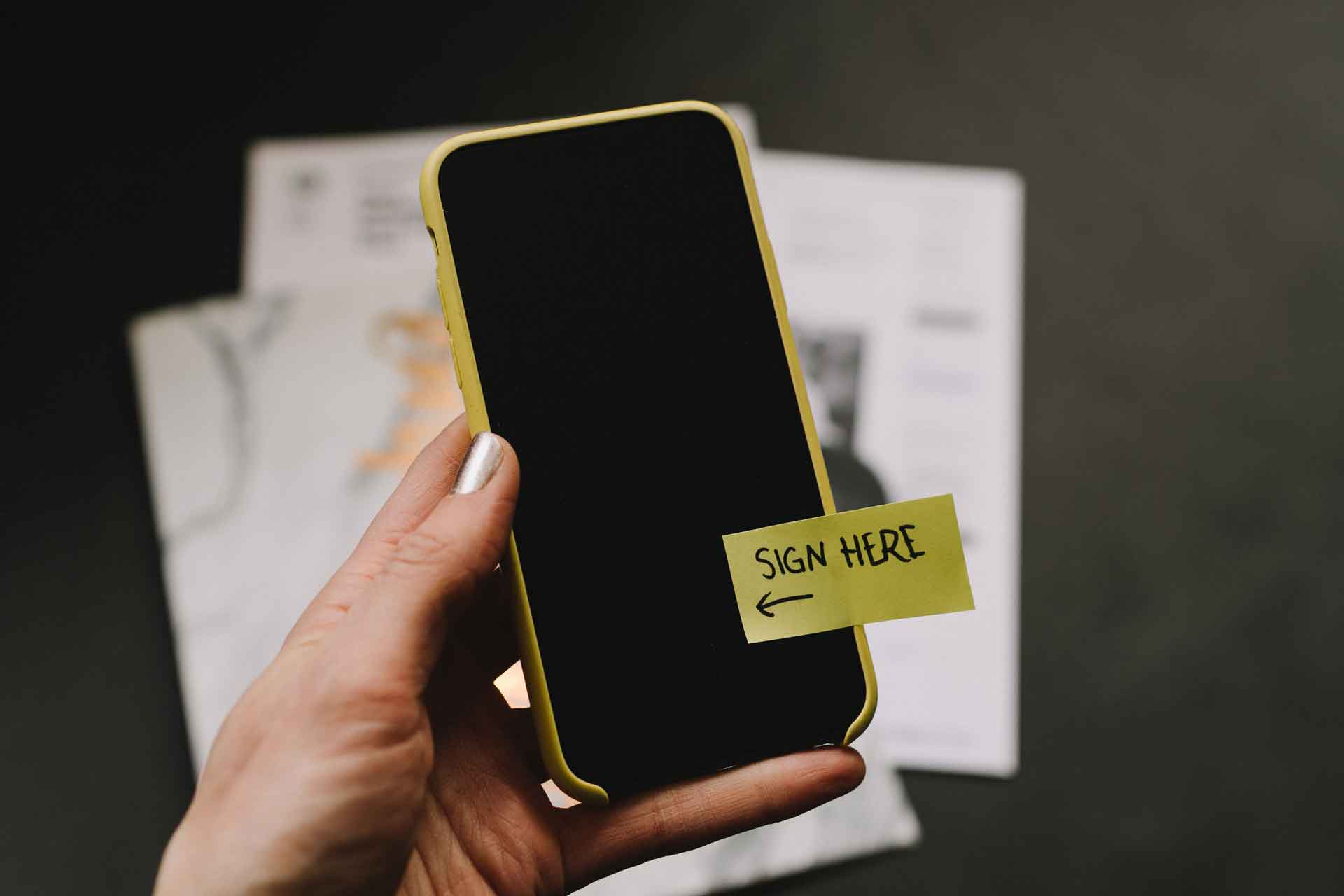












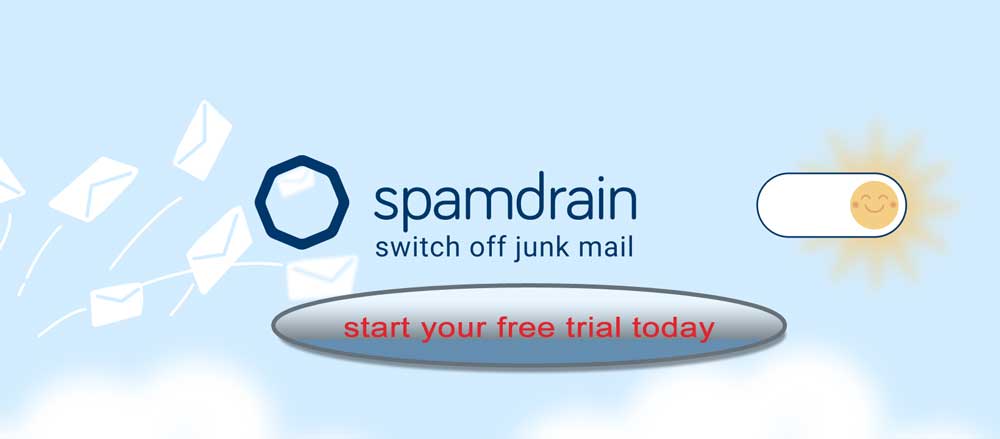
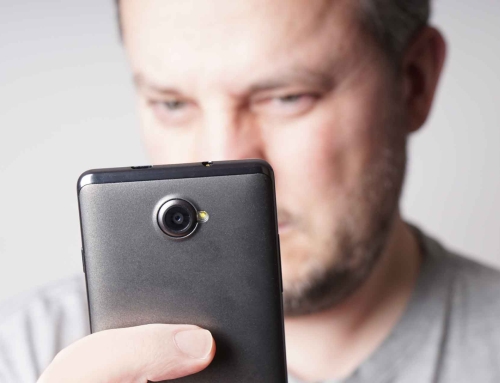
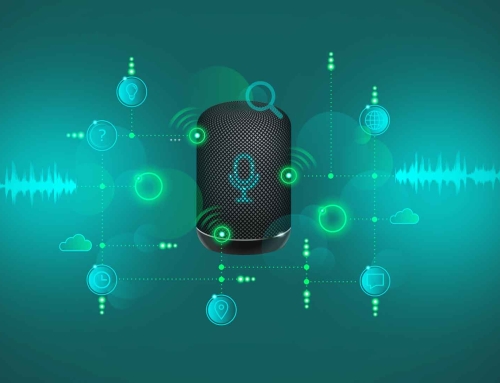
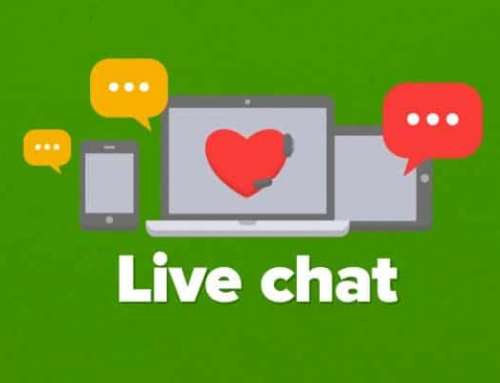


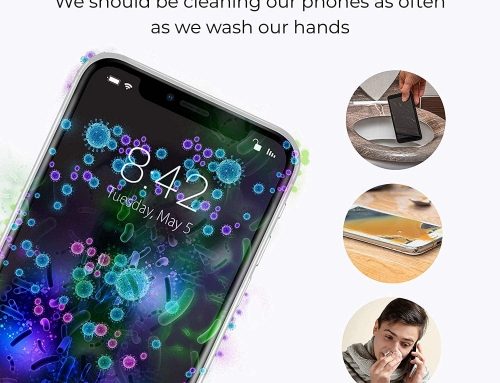
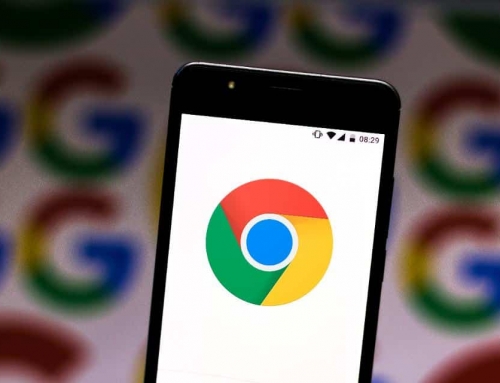

Leave A Comment
You must be logged in to post a comment.